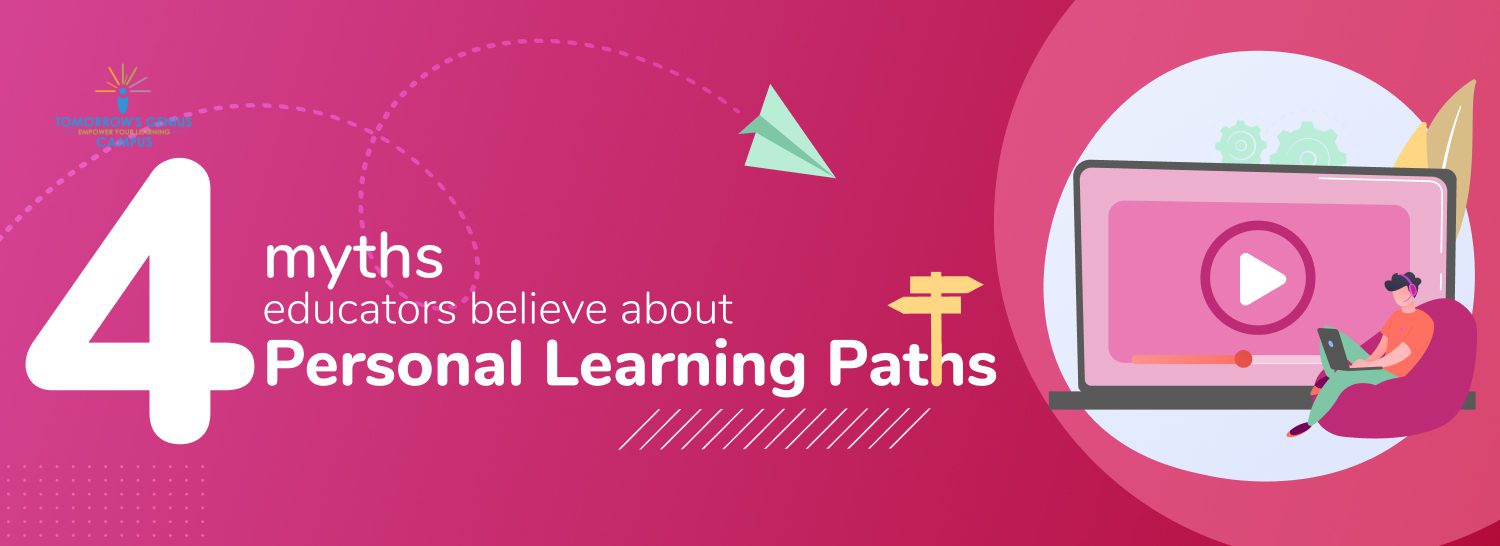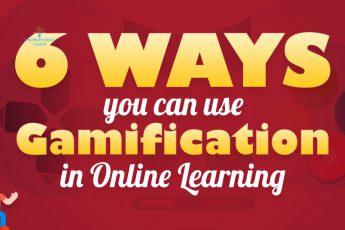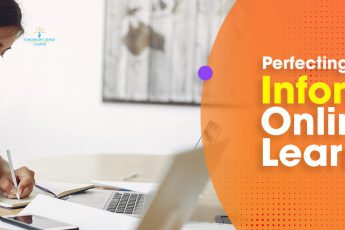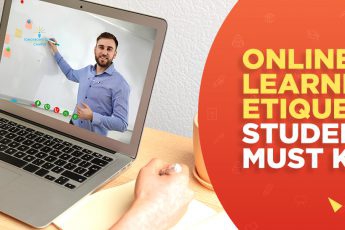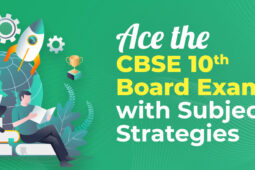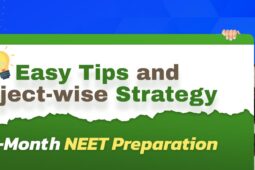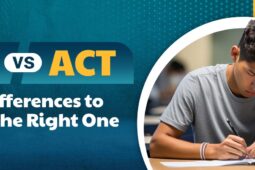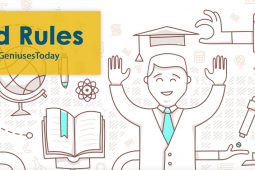4 Myths Educators Believe About Personal Learning Paths
Online education brought the importance of personalised learning to the forefront. Over the last few years, many educators have shifted from classroom environments to online ones. They have embraced technology wholeheartedly and are doing very well. But, many still struggle with personal learning paths. Let’s take a look at the truth behind some myths that many teachers believe.
Myths Educators Believe About Personal Learning Paths
1. Every Student Needs an Individual Learning Path
 Educators often believe that they have to create personal learning paths for each learner. Of course, this means they’d often spread their timelines and budgets. But, this isn’t true at all! Teachers can let students use free choice while deciding their learning path. All the educator has to do is provide the class with a wide variety of teaching resources. It is up to each student to pick and choose what best matches their learning style.
Educators often believe that they have to create personal learning paths for each learner. Of course, this means they’d often spread their timelines and budgets. But, this isn’t true at all! Teachers can let students use free choice while deciding their learning path. All the educator has to do is provide the class with a wide variety of teaching resources. It is up to each student to pick and choose what best matches their learning style.
2. They Can String Small Sessions Together with Ease
Today, many educators use microlearning sessions as resources. They provide their learners with short, three- to five-minute audio or video clips on a single topic. These clips can help build skills while teaching online. Learners can put several microlearning sessions together to understand the subject matter better. But, educators need to help them chart their learning path. If teachers don’t, it could lead to misconceptions and fragmented learning. So, educators must give their students an outline or guide to follow. By doing this, they can enhance the online learning experience for their students.
3. All Activities Must Be Autonomous
When educators create personal learning paths, they assume their students can learn independently. Teachers often leave their students to study by themselves, ignoring the importance of social learning. While some learners might prefer independent study, others work better in groups. So, educators need to host live online events and assign collaborative group projects. These activities encourage participation and social learning. They also allow the educator to break the class into smaller groups of like-minded individuals.
4. Empowered Students Don’t Need Any Support
 Since personalised learning paths allow students free choice, they help empower learners. Unfortunately, many educators believe that empowered students don’t need any additional guidance. After providing their learners with everything they need to succeed, educators still need to lend some support. A great way to guide students is by providing feedback after an assignment. Educators can even use peer reviews or automated test feedback to ensure their learners are on the right path.
Since personalised learning paths allow students free choice, they help empower learners. Unfortunately, many educators believe that empowered students don’t need any additional guidance. After providing their learners with everything they need to succeed, educators still need to lend some support. A great way to guide students is by providing feedback after an assignment. Educators can even use peer reviews or automated test feedback to ensure their learners are on the right path.
If you’d like to create personal learning paths for your students, you should register with TG Campus. Our user-friendly online learning platform can enhance the learning experience for your students. You can upload reference material in multiple formats and allow your students to pick what works for them. We also have a robust testing mechanism that helps you to measure the impact of your microlearning sessions. Our live classroom facility enables you to provide your students with the help and guidance they require. With TG Campus, creating personalised lessons is easy!


